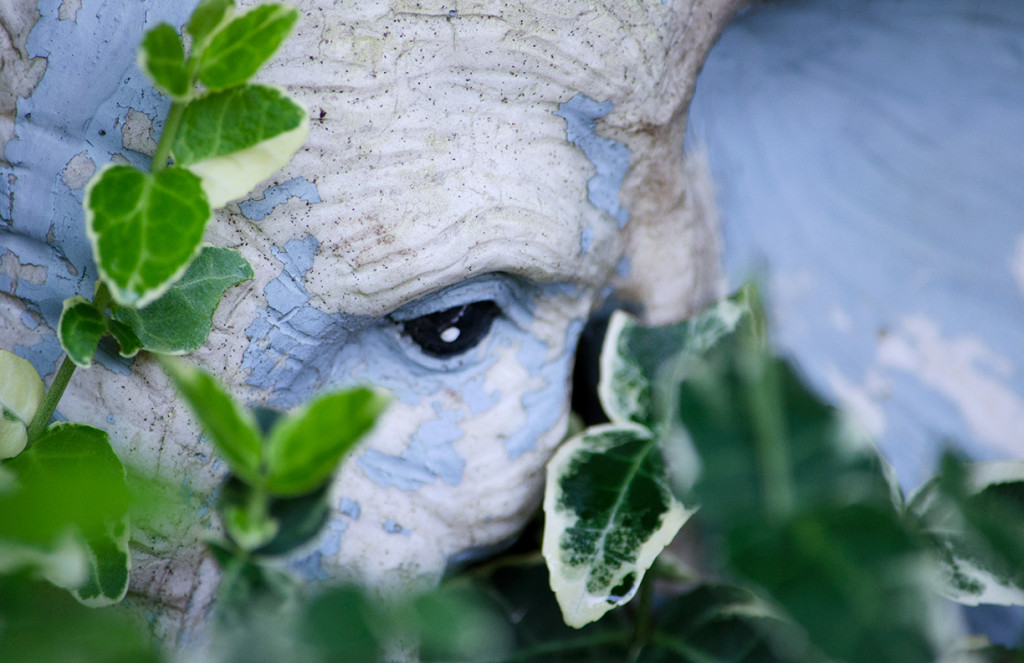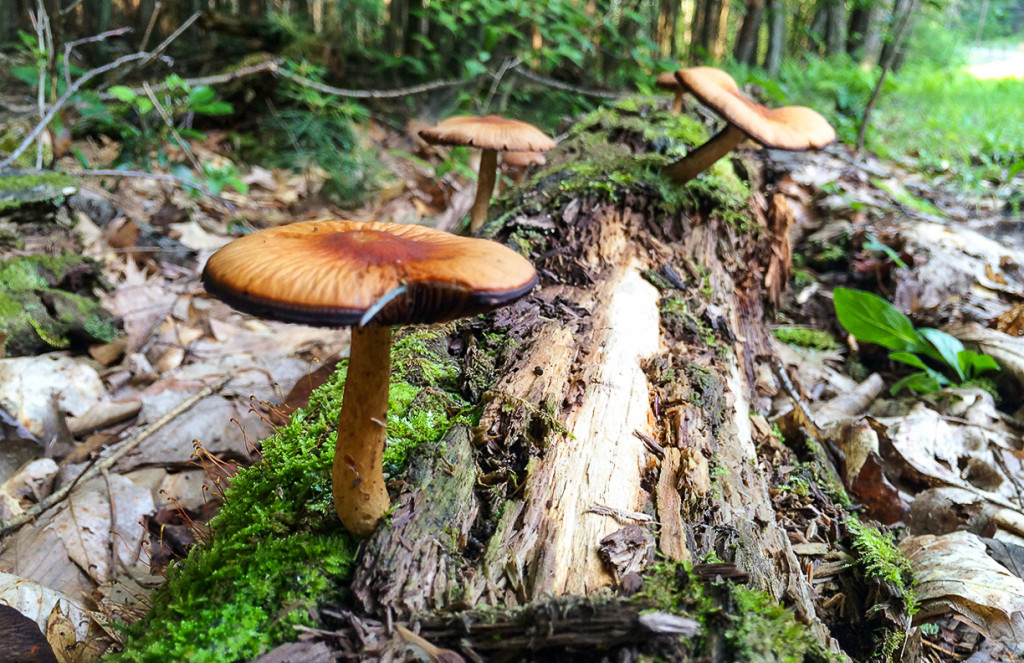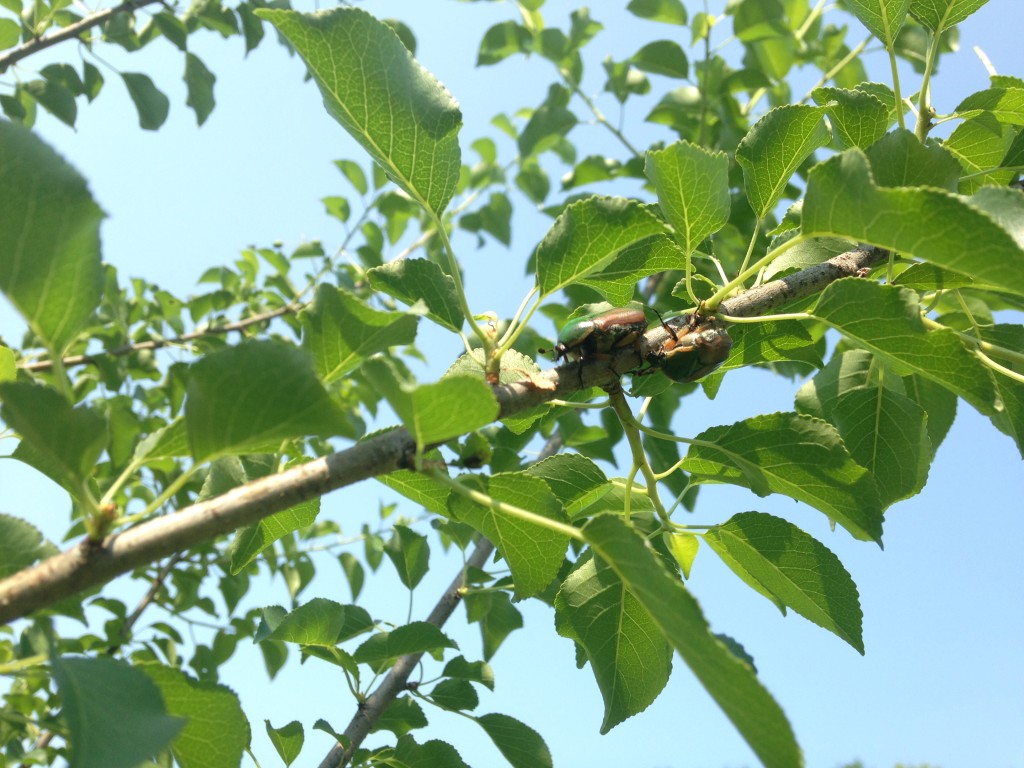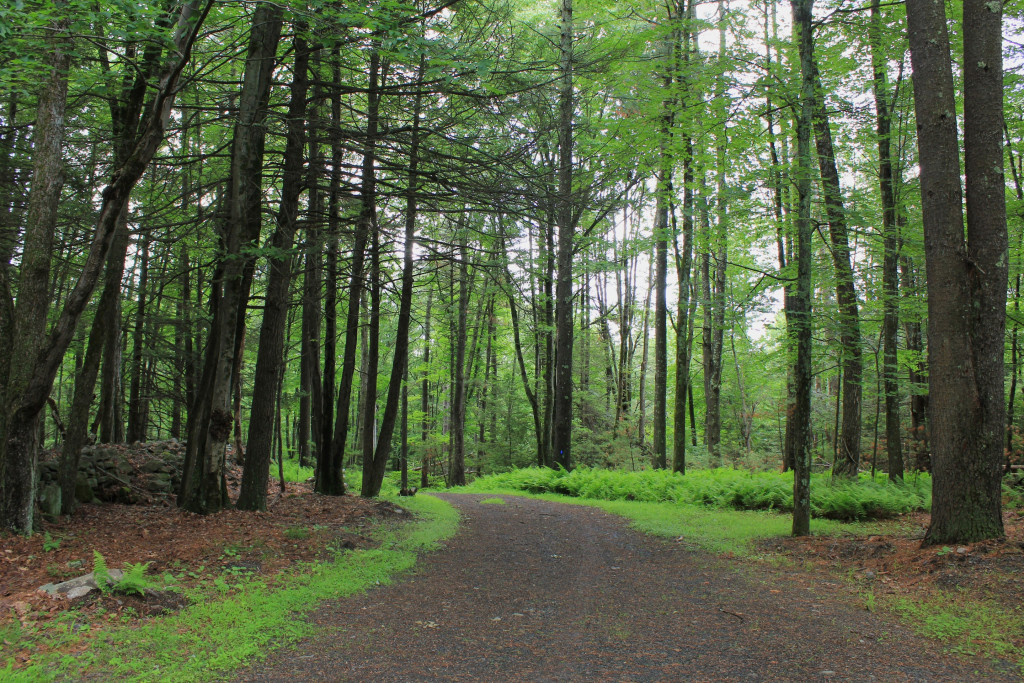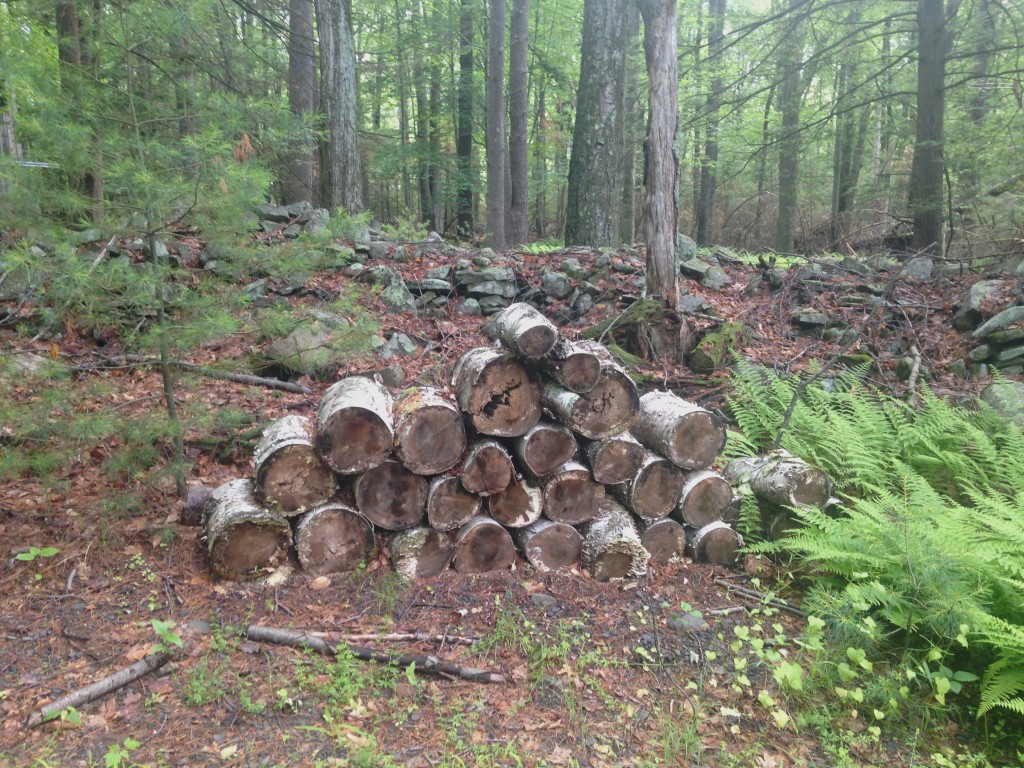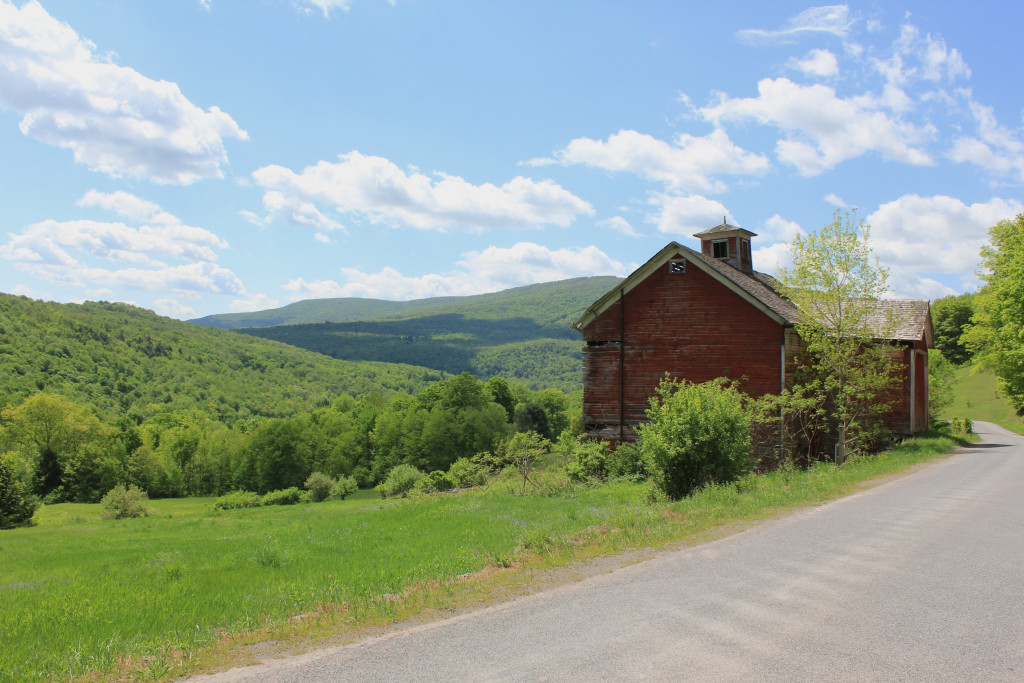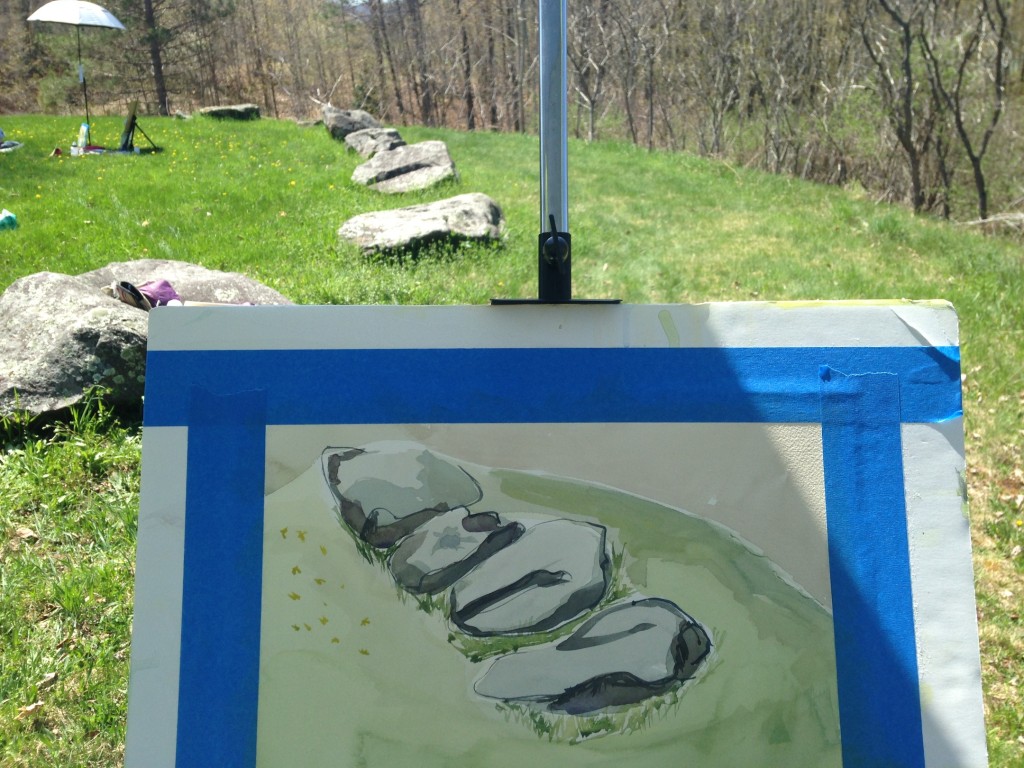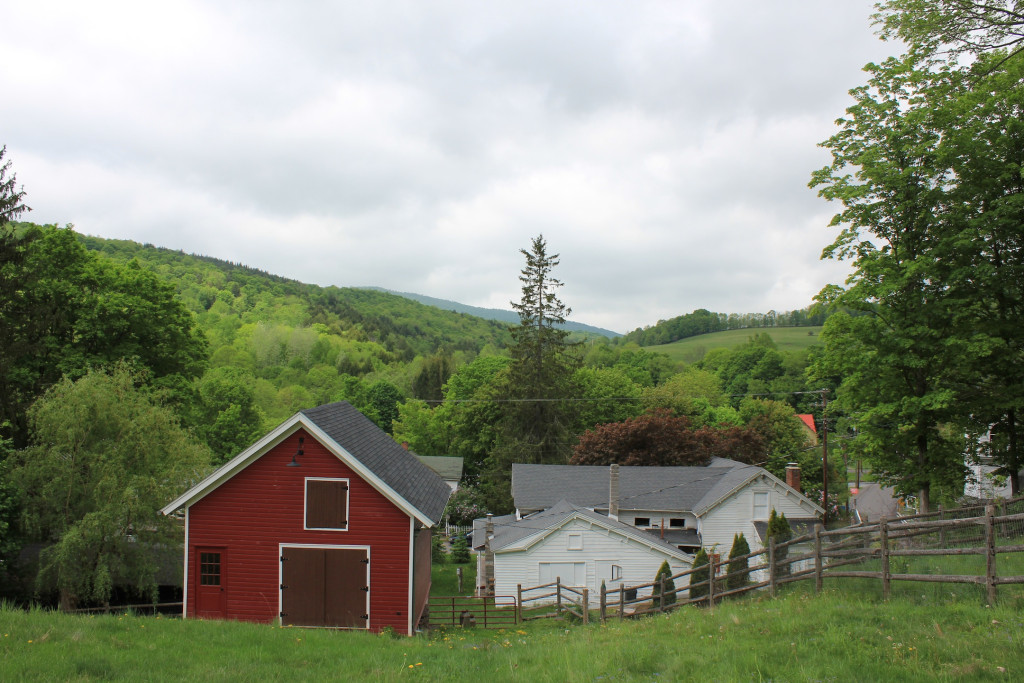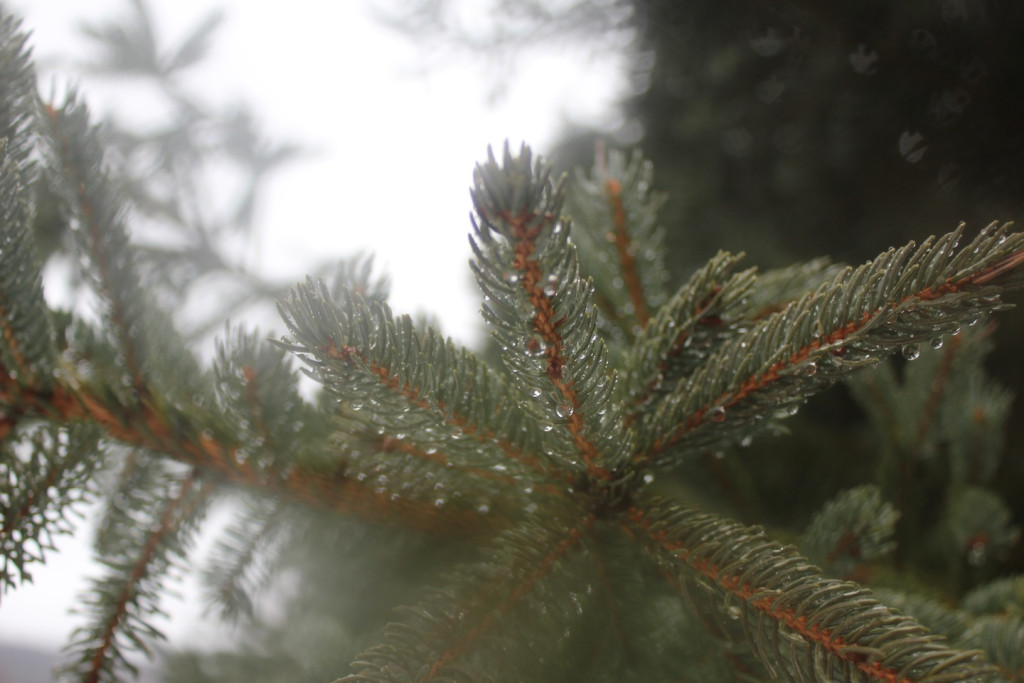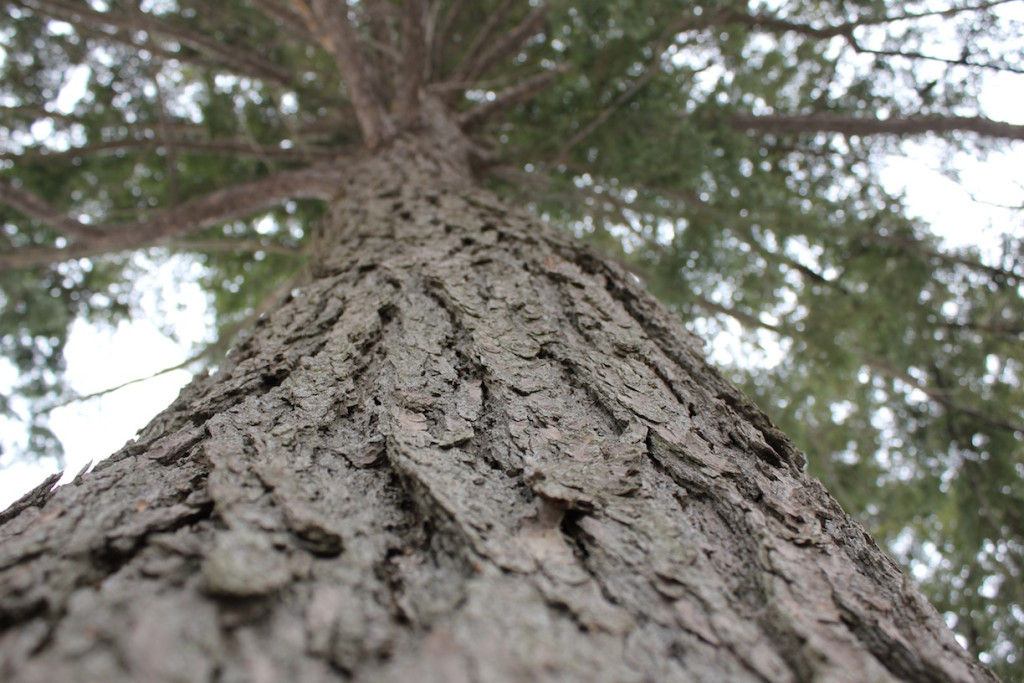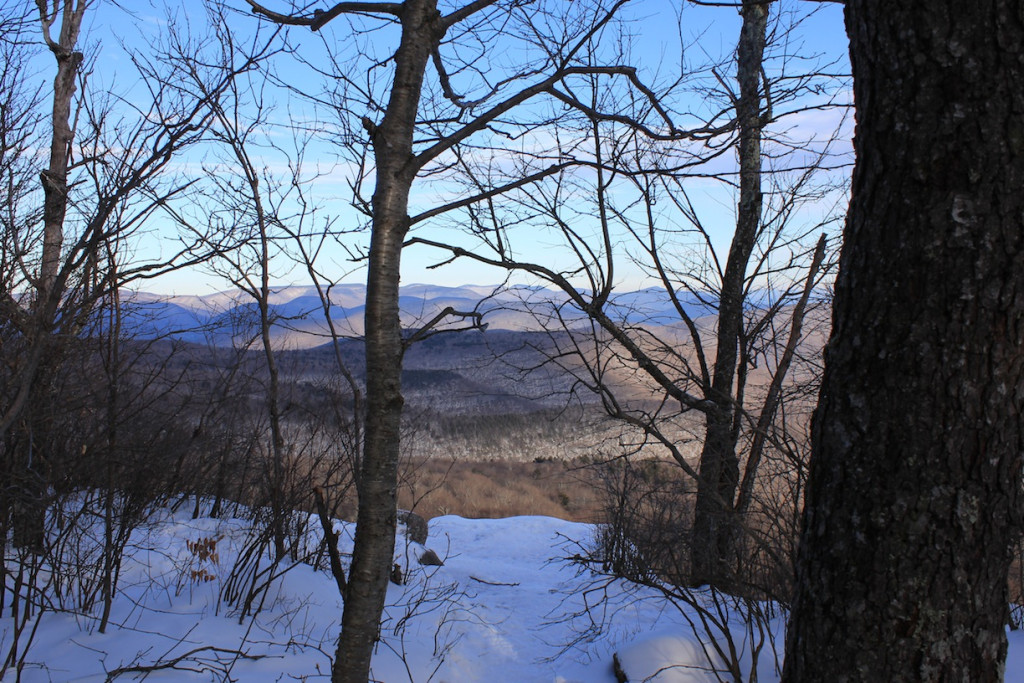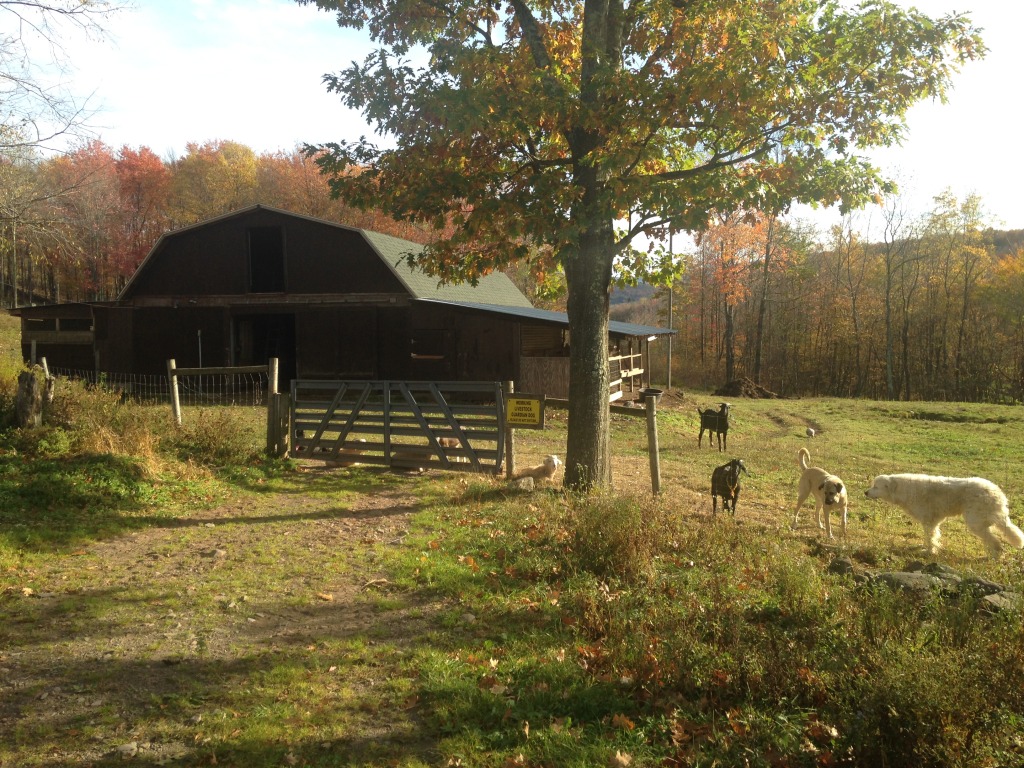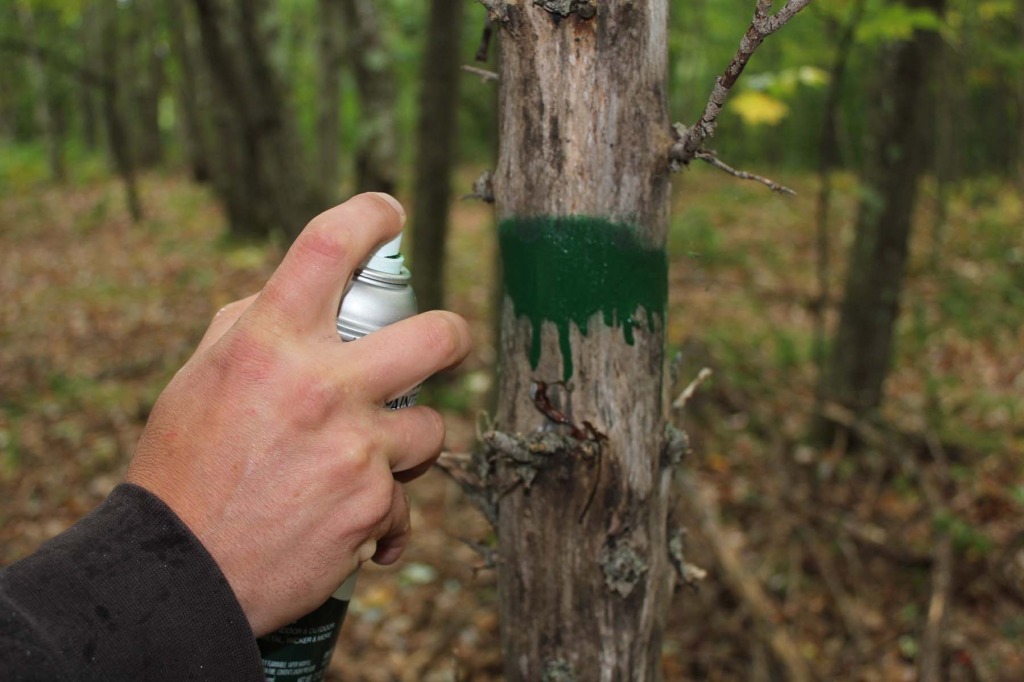68F at 10am and mostly sunny.
Tag Archives: Trees
Daily Catskills: 07/06/15
61F at 8.30am, partly cloudy with some bright sunshine, rising to 71F by noon.
Daily Catskills: 07/05/15
Daily Catskills: 06/13/15
Daily Catskills: 05/22/15
En Plein Air
The summer comes alive for artists when the En Plein Air group reconvenes for the season. Gracious homeowners kindly let our group gather every week in some of the most picturesque spots across the mountains and it’s difficult not to be stunned by the extraordinary beauty of the countryside. This year, May 7th was the group’s earliest meeting on record because of the extraordinary high temperatures for the day, but the landscape was still bare and it seemed like we were able to watch the leaves pop before our eyes. The sun had become so strong by noon on May 7th, however, that whomever didn’t have an umbrella had to move to the shade. Taking part of the day out to paint really clears the mind. To focus closely and solely on the landscape for a few hours is much-needed therapy after the long, arduous winter. All worries dissipate into the air with the drying watercolour and if the homeowner is home, we make a new friend. Today, we had a gorgeous view of the mountains.
Daily Catskills: 04/08/15
Hug A Hemlock
There’s nothing more majestic than a towering hemlock, a evergreen conifer that seems to be loosely draped in its elegantly weeping branches that dangle delicately towards the earth. It can live to 800 years or more and grow to statuesque heights of more than 70 feet. Last year’s call for illustrations of the Hemlock for an exhibition ignited interest among artists of the Catskills and once I started looking for hemlock, I found them everywhere. I even found a short sapling on my property and it will outlive me by many many hundreds of years, if it’s not attacked by the Hemlock Wooly Adelgid, an invasive species native to Asia. The Catskills Center has a new programme for the pest that’s thought to have arrived in New York in the eighties.
From their website:
Transplant Tales: Molly J Marquand

© Erik Johanson/@halcott718 Molly Marquand at her office at CRISP in the Catskills Center
“My muse is always nature.” Molly J Marquand, Catskills transplant and fellow native Brit, photographer, writer, naturalist, and wild flower gardener dishes the dirt to Upstate Dispatch in our new series Catskills Conversations.
How long have you lived in the Catskills? About two and a half years, I moved from New York City where my fiancé and I, Martin, lived for three years. I was born in England and moved to the Hudson Valley just before high school. I did go back to England to get my Masters Degree, in Taxonomy and Conservation of Plant Diversity (Botany) a joint programme with Kew Botanical Gardens and The University of Reading. But my undergraduate degree, which was in Ecology, I did at Bates in Maine.
What made you move here? I’d always had my eye on it, because I knew that I always needed space. We had this dream of having a farm and having wide open tracts of land. At the same time, I wanted to be close to my mother who lives in the Hudson Valley. [My fiancé and I] were both attracted to landscapes like the Rockies and Montana and places like that, but knowing that we were never going that far away because Martin’s family live in New York City.
Hiking: Giant Ledge
It’s about this time of year that cabin fever firmly seizes us in these mountains and we do impulsive things like go hiking up a mountain when there’s only two hours of daylight left. Spring seems like it’s just around the corner and we’re so used to the bitter cold that 20F seems nice and toasty. It’s not until we’re approaching our icy ascent (in our snowboarding boots, stupidly wearing wool and cotton), passing very sensible hikers on their way down using sticks and cramp-ons that we realise what a risk we’ve taken, but there’s a happy ending to this story, and a sandwich. Charles Dickens walked 20 miles a day in his prime, stalking around town in the afternoon after a sturdy lunch, no doubt conjuring up characters en route from his observations of 19th century Londoners. Writers love a good walk. First, the sandwich: corned beef brisket on toasted rye with a dash of mustard from Arkville Bread and Breakfast with a portion of chips (that were meant to go in the Fish and Chips, but that was yesterday’s lunch). Thinly-sliced brisket, lean, delicate and not too fatty on perfectly-toasted rye. This reasonably-sized portion, plus a cup of Twinings Irish Breakfast, got me to Giant Ledge in most unsuitable shoes and down again, occasionally sliding on my bottom because of the ice.
The Fine Art of Cultivation: Two Stones Farm
“The goal of farming,” wrote Masanobu Fukuoka, farmer and author of One Straw Revolution, “is not the growing of crops, but the cultivation and perfection of human beings”.
The delicate words of this Japanese maestro echo all over the Catskill Mountains as young people, city-bred and country-born, return to farming in droves. Agricultural courses spring up like new shoots across the Northeastern states to respond to demand. Furthermore, there’s a flurry of articles regularly in the media about diverse people quitting New York City. Young, old, wealthy and those tired of the city’s rising cost of living are all looking to make upstate their home. Homesteading is an art in itself and the Catskills are bustling with creative activity. Small-scale farming, the kind that covers the property’s operating costs, doesn’t have to be an enormous amount of work and new busy upstaters with enough capital can now hire farmers and farmer’s apprentices to run their farms while they continue their existing businesses. City transplants who have made the leap quickly find that there’s an invigorating honesty in land cultivation that is rarely found in city life.
Novice homesteaders looking for an exquisitely picturesque organic farm on which to model their fledgling operation should look no further than Two Stones Farm in Halcott, New York.
Forest Management
If you’ve bought a parcel of land with forest, there are plenty of things you can do to maintain it. You can sell trees or use them for firewood.
If you have dead trees on your property, you can tell that they’re dead now by observing that they have no leaves. Before Autumn rolls around, right about now, you can go through your forest and paint the dead ones, so that when all the leaves are gone you have a reminder of which ones are dead. This gives you time over the winter to fell, chop and season the wood. (Only paint them green if you’ve run out of white spray paint and need to get the job done today.)
